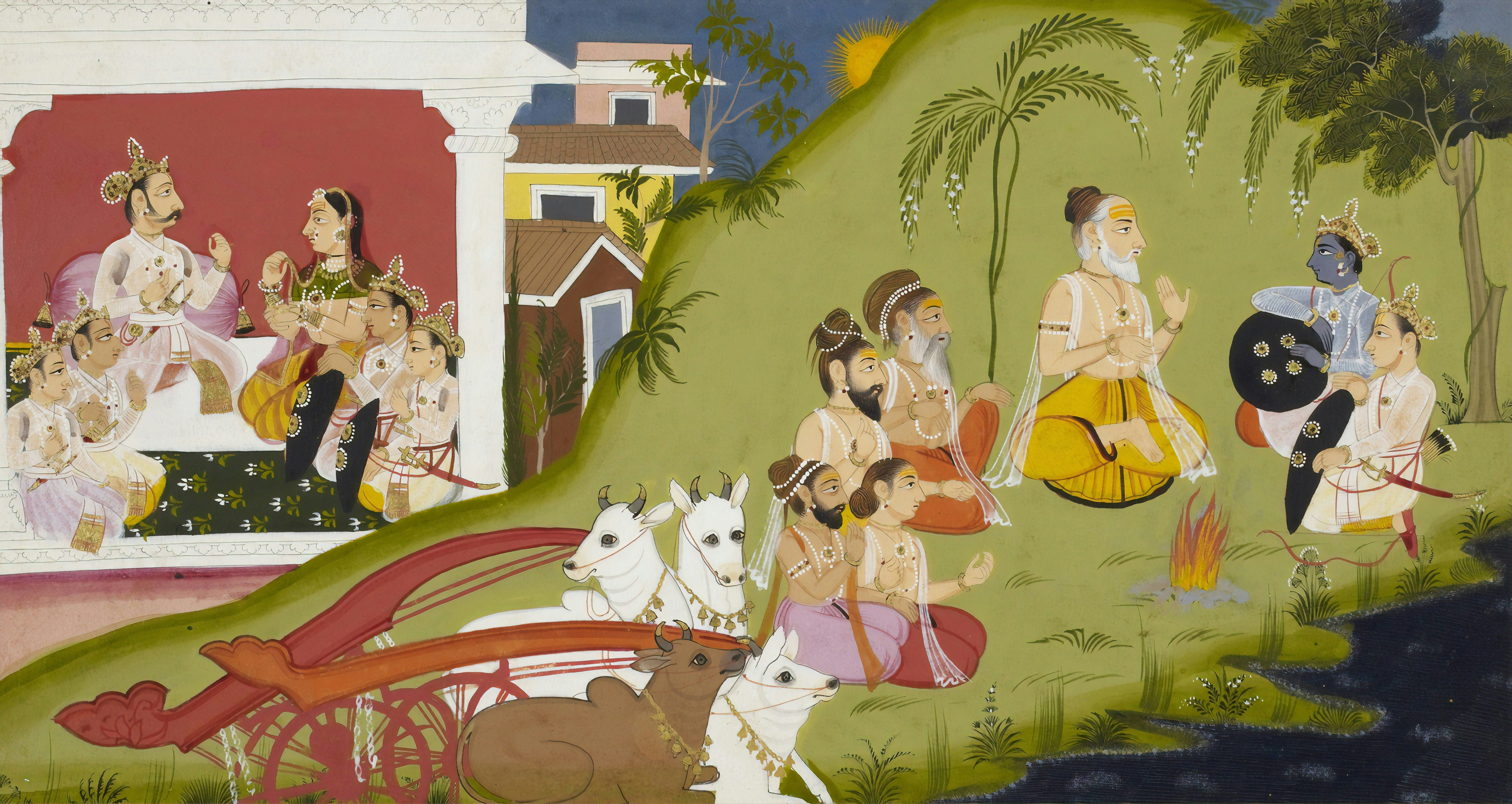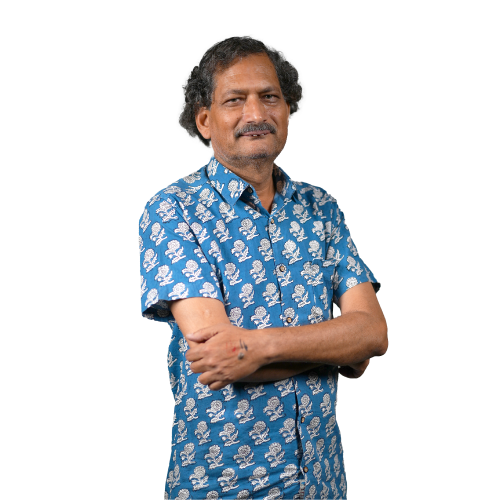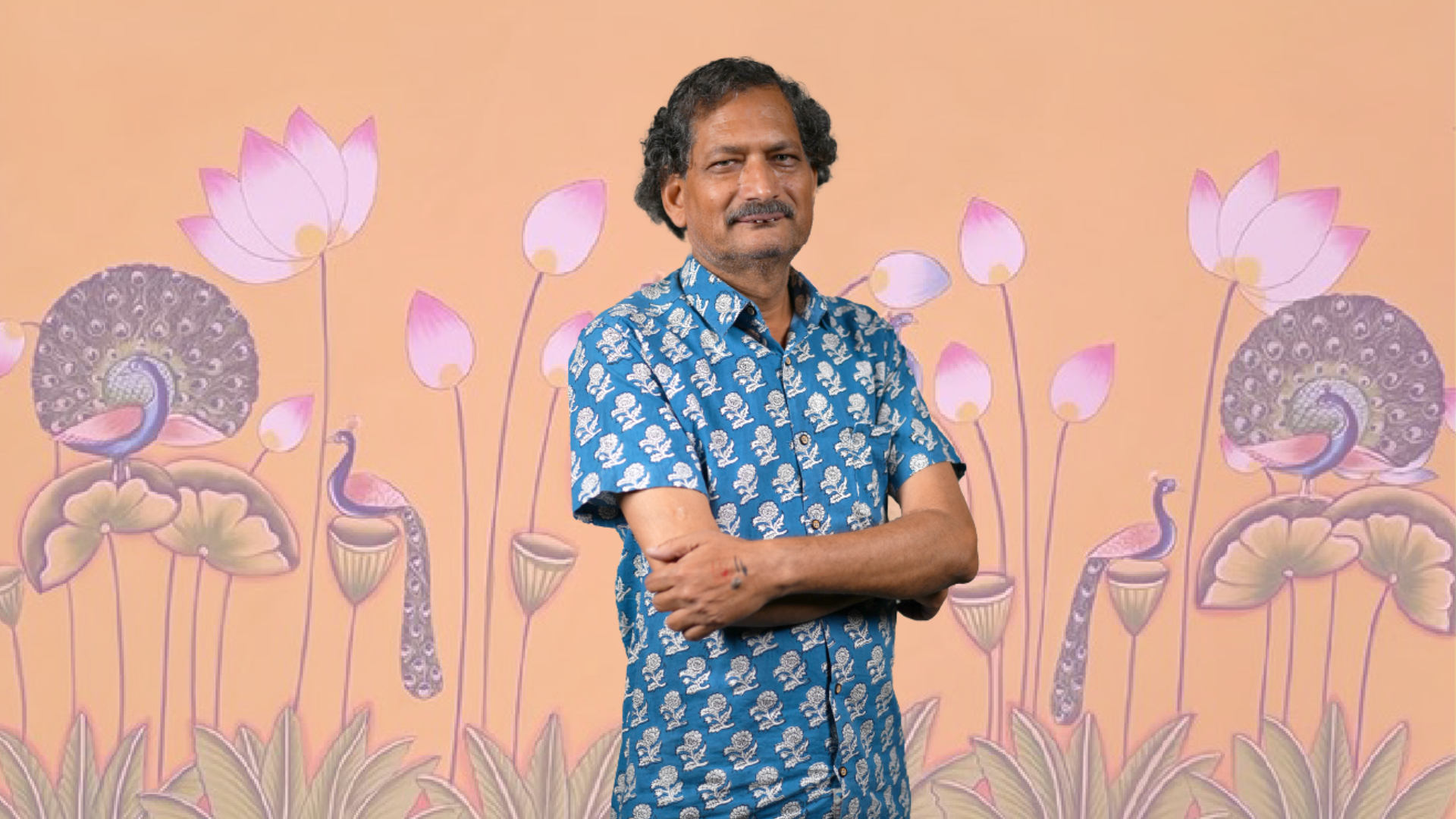

Rajaram Sharma
Pichwai Artist Devotional Illustrator Cultural Flagbearer
Pichwai
Experience
46 years
Location
Udaipur, Rajasthan, India
Courses
1
Artworks
0
Mediums
Cloth canvas; paper
Pigments
100% natural colours
Awards & Recognition
National Merit Certificate
2016
All India Award of Traditional Art, Marudhara, Kolkata (W.B.)
2010
All Award of Traditional Art, Ujjain, (M.P.)
2004
Gold Medal in Traditional Painting at All Art Exhibition, Jangaon, Warangal (A.P.)
2002
All India Special Award of Traditional Art, T.A.H.S., Karnataka
2001
Artist Creations
Learn Pichwai directly from the master artist
Pichwai Art Course
Explore Pichwai art with master artist Rajaram Sharma ji.
$ 139.99 $ 199.99
10.0 hours

